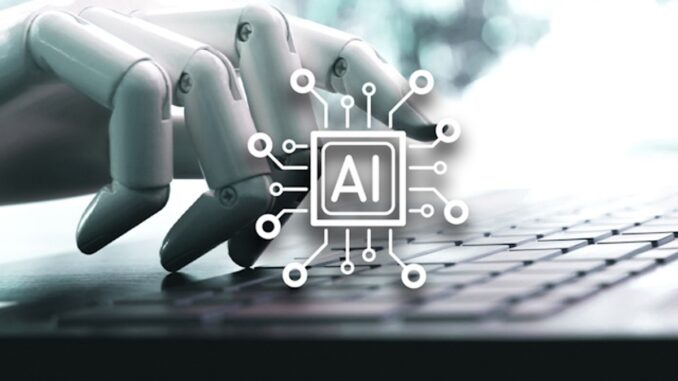
AI iterative design and testing is a systematic approach to developing AI systems and user interfaces by continuously refining and improving them based on user feedback and performance data.
This process is crucial in creating effective AI applications that meet user needs and adapt to real-world usage. Here’s a deeper look at the components, processes, and best practices for conducting iterative design and testing in the context of AI.









### Key Components
1. **User Research**: Understanding users’ needs, preferences, and pain points is fundamental. This can be achieved through surveys, interviews, and contextual inquiries.
2. **Prototyping**: Developing both low-fidelity (sketches, wireframes) and high-fidelity (interactive mockups) prototypes helps visualize ideas and functionalities.
3. **Usability Testing**: Engaging real users to interact with prototypes or early versions of the AI system provides valuable insights into usability issues and areas for improvement.
4. **Feedback Collection**: Collecting feedback during testing phases, both qualitative (user opinions, comments) and quantitative (analytics, performance metrics), helps inform design decisions.
5. **Analysis and Evaluation**: Rigorous analysis of user feedback and performance data to identify what works well and what doesn’t, leading to informed design changes.
6. **Iteration**: Revising the design based on insights gained during testing, followed by further testing to validate improvements. This cycle repeats until the product is well-polished.
### Iterative Design Process Steps
1. **Define Goals and Objectives**:
– Establish clear goals for the AI system. This involves understanding user needs, business objectives, and technical constraints.
2. **Conduct User Research**:
– Perform qualitative and quantitative research to gather insights on user behaviors, preferences, and pain points. This sets the foundation for design.
3. **Ideate Solutions**:
– Brainstorm and generate diverse design concepts to address the identified user needs. Use techniques like mind mapping or sketching.
4. **Develop Prototypes**:
– Create rapid prototypes, first as low-fidelity (paper sketches, wireframes) and later as high-fidelity interactive designs. These should represent key functionalities and user interactions.
5. **Perform Usability Testing**:
– Test prototypes with real users to observe behaviors and interactions. Use think-aloud protocols, where users verbalize their thoughts while navigating the prototype, to gather insights.
6. **Analyze Results**:
– Analyze data collected during testing sessions, looking for usability issues, patterns in user feedback, and unexpected interactions with the AI.
7. **Iterate Design**:
– Make informed design revisions based on the analysis. Prioritize which changes will most enhance usability and user satisfaction.
8. **Repeat the Process**:
– Continue the cycle by moving back to user testing with updated prototypes. Each iteration should build on the feedback and insights gained from previous tests.
### Best Practices for AI Iterative Design and Testing
1. **Embrace Flexibility**:
– Be open to changing the direction of the design based on new insights or user feedback. An agile mindset facilitates adaptation.
2. **Cross-Disciplinary Collaboration**:
– Foster collaboration among UX designers, data scientists, product managers, and developers to ensure that all perspectives are considered in design updates.
3. **Utilize Mixed Methods**:
– Combine qualitative approaches (like interviews and usability tests) and quantitative methods (such as analytics and A/B testing) to gain a broader understanding of user interactions.
4. **Prioritize Accessibility and Inclusivity**:
– Ensure that designs accommodate diverse users, including those with disabilities. This not only broadens accessibility but enhances the user experience for everyone.
5. **Feedback Channels**:
– Establish various channels for gathering feedback, including facilitated user testing sessions, surveys, and direct user communication through the app, allowing ongoing refinement after launch.
6. **Leverage Analytics**:
– Use data analytics to monitor user behavior patterns once the AI system is deployed. Insights gained through data can inform future iterations.
7. **Document Findings and Changes**:
– Maintain thorough documentation of testing sessions, user feedback, design decisions, and iterations. This creates a historical record that informs future projects.
### Conclusion
AI iterative design and testing is a dynamic process that leverages user feedback and data to create user-centered applications. By following an iterative cycle of design, testing, and refinement, teams can develop AI systems that not only meet technical requirements but also resonate with users and adapt to their evolving needs. Ultimately, this approach fosters a culture of continuous improvement and innovation, ensuring that AI applications are effective, engaging, and aligned with user expectations.


Leave a Reply